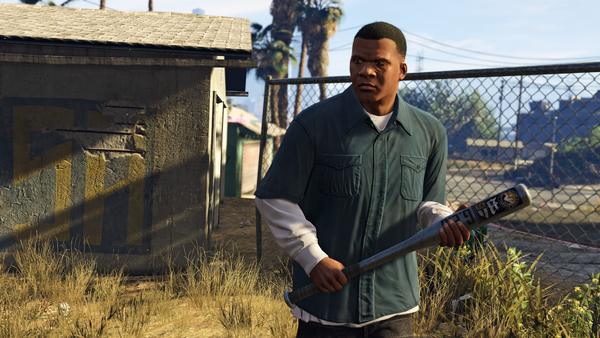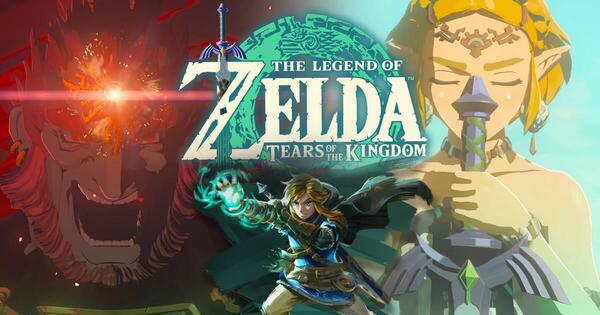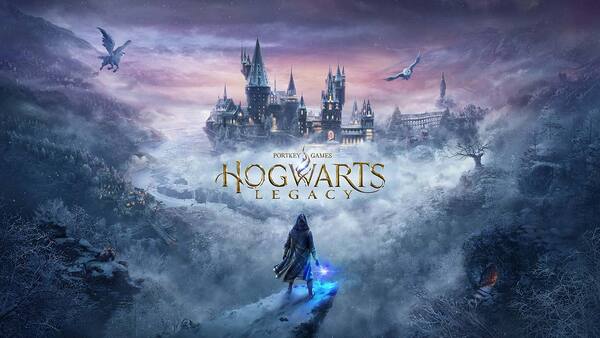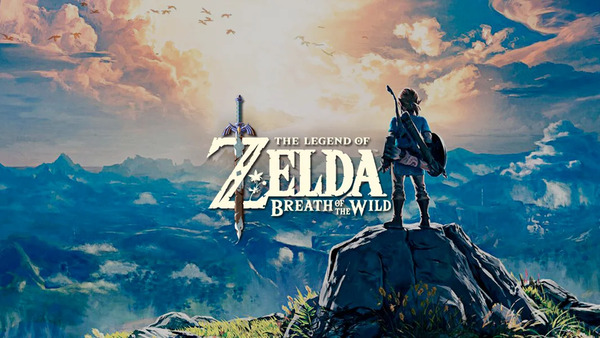Garena Free Fire, one of the world’s most popular mobile battle royale games, has captured the hearts of millions with its fast-paced gameplay, diverse characters, and engaging maps. Among its various map offerings, Kalahari stands out as a fan favorite for its unique terrain, strategic opportunities, and vibrant environment. This article dives deep into Garena Free Fire: Kalahari, exploring its origins, design elements, gameplay mechanics, strategic value, updates, community impact, and more, providing a detailed expert overview for both newcomers and seasoned players.
The Genesis of Garena Free Fire and Introduction of Kalahari
Garena Free Fire launched in 2017 by 111 Dots Studio and published by Garena rapidly rose to prominence in the mobile gaming scene due to its optimized performance on low-end devices and quick 10-minute matches. Initially featuring the Bermuda map, Free Fire expanded its map repertoire with the introduction of Kalahari, an expansive desert-themed arena.
Kalahari first appeared as a limited-time map but quickly gained immense popularity, prompting its return as a permanent map. Its vast sandy dunes, rocky outcrops, and desert structures offered a fresh tactical landscape compared to the urban and forested zones of other maps.
Geography and Layout: The Unique Terrain of Kalahari
Kalahari’s geography is defined by open deserts, scattered rocky hills, and small villages. The map spans a large area with a mix of wide open spaces ideal for long-range combat and tight clusters of buildings that encourage close-quarters engagements.
Key Features of Kalahari:
-
Expansive open areas perfect for snipers and ambush tactics
-
Rocky hills and cliffs that provide strategic high ground
-
Villages and compounds offering loot and cover
-
Central water bodies and oasis spots for dynamic movement
This varied terrain demands adaptable playstyles and team coordination.
Gameplay Mechanics and Strategic Implications on Kalahari
Kalahari emphasizes strategic positioning and resource management. Due to the large open spaces, players must carefully plan their movements to avoid becoming easy targets. The presence of hills and rocks enables creative uses of cover and sniper nests.
Combat Styles Favored on Kalahari
-
Long-range engagements using assault rifles and sniper rifles
-
Flanking maneuvers exploiting the rugged terrain
-
Coordinated team pushes through clustered villages
-
Use of vehicles for quick rotations across the expansive map
Players who master the terrain’s verticality and open sightlines often gain a decisive edge.
Key Locations and Loot Distribution on Kalahari
Kalahari features several distinctive locations that are critical for early looting and mid-game control.
Notable Areas:
-
Desert Outpost: High loot density with defensive structures
-
Oasis Village: A small but loot-rich settlement surrounded by cliffs
-
Rocky Plateau: Elevated terrain providing vision advantages
-
Airstrip: Wide-open space with scattered containers and vehicles
Understanding these locations allows players to optimize their loot routes and prepare for upcoming battles.
Vehicles and Mobility on Kalahari
Mobility plays a crucial role on Kalahari due to the map’s size and open areas. Vehicles such as jeeps and motorcycles facilitate rapid rotations and evasions.
Vehicle Advantages:
-
Fast traversal across vast sandy areas
-
Tactical repositioning to secure high ground or escape danger
-
Team transportation for coordinated attacks or retreats
However, vehicles also produce noise, revealing player locations, adding a risk-reward element to their use.
Environmental Hazards and Weather Effects
Though primarily a desert environment, Kalahari introduces occasional dust storms that reduce visibility and affect player detection. These environmental effects increase the unpredictability of encounters and force players to adapt their tactics.
Updates and Evolution of Kalahari Map Over Time
Since its introduction, Kalahari has undergone several updates to balance gameplay and refresh visual elements. New buildings, loot adjustments, and terrain tweaks have been added to enhance player experience.
Epic in-game events and seasonal themes have also temporarily transformed Kalahari, integrating special zones or dynamic hazards to maintain engagement.
The Community’s Reception and Competitive Scene on Kalahari
Kalahari enjoys a passionate fan base within the Free Fire community. Its blend of open combat and tactical engagements makes it popular in casual and competitive play alike.
In esports tournaments, Kalahari’s strategic depth tests teams’ communication and map knowledge. Top players showcase advanced strategies such as coordinated hill control, resource denial, and precise rotations.
Tips and Strategies for Success on Kalahari
-
Prioritize high ground control for vision and tactical advantage
-
Use vehicles strategically but avoid unnecessary noise that reveals position
-
Coordinate with teammates for flanking maneuvers around villages and hills
-
Keep an eye on environmental conditions such as dust storms for situational awareness
-
Optimize loot paths by targeting known high-value locations early in the game
Conclusion:
Garena Free Fire: Kalahari enriches the battle royale experience with its distinctive desert setting and tactical challenges. Its vast, varied landscape requires players to combine strategic planning, sharpshooting, and teamwork to prevail. As one of Free Fire’s most beloved maps, Kalahari continues to evolve with updates and community feedback, ensuring it remains a cornerstone of the game’s enduring appeal.
Whether you’re a casual gamer seeking thrilling firefights or a competitive player mastering map control, Kalahari offers a dynamic and rewarding battleground that encapsulates the spirit of Free Fire’s fast-paced and strategic gameplay.

































